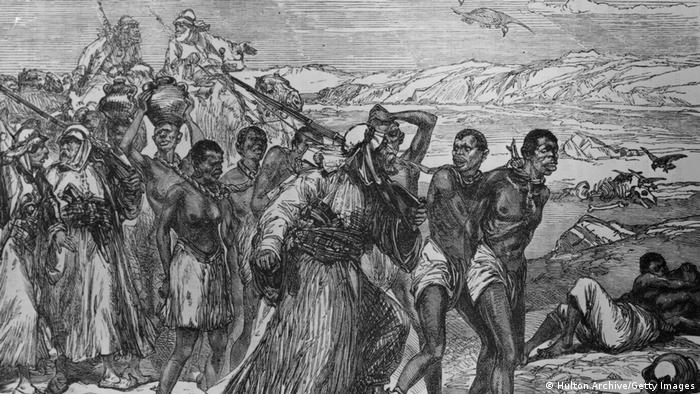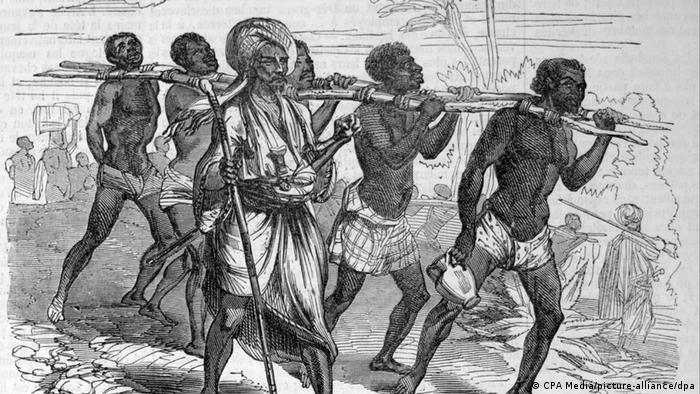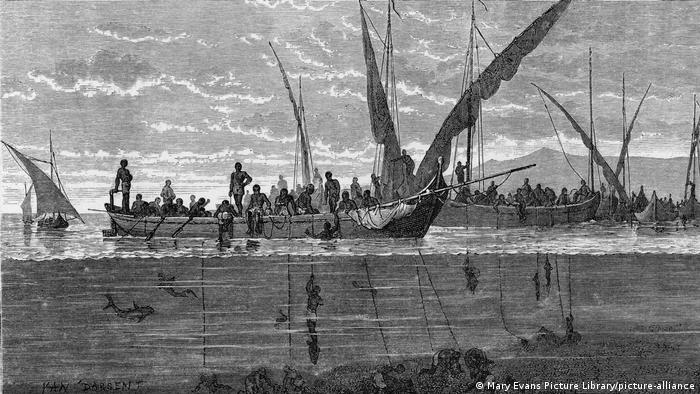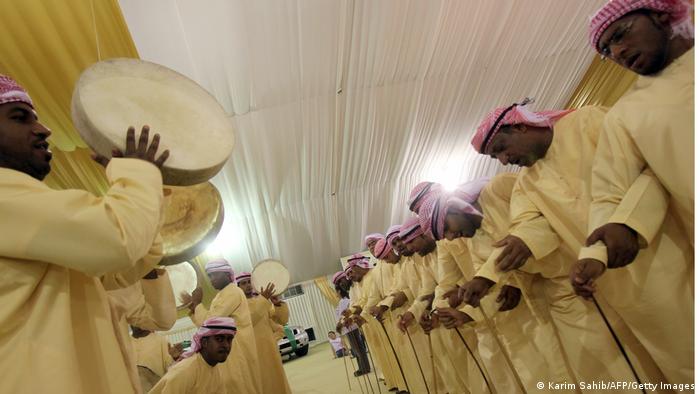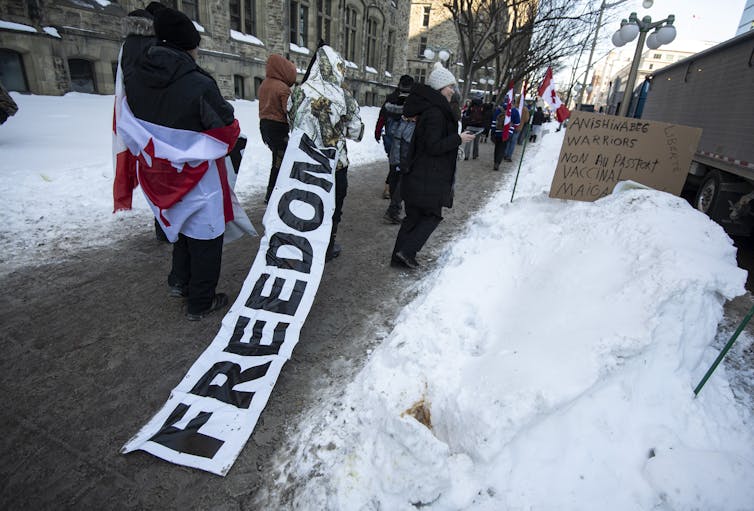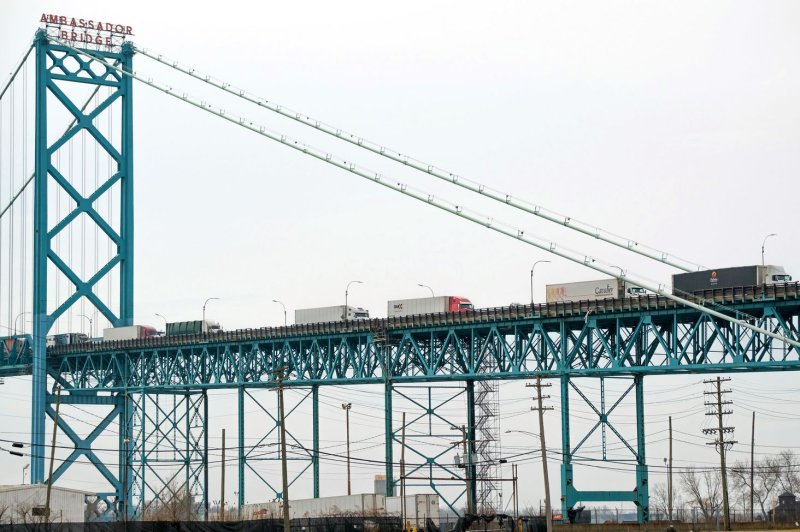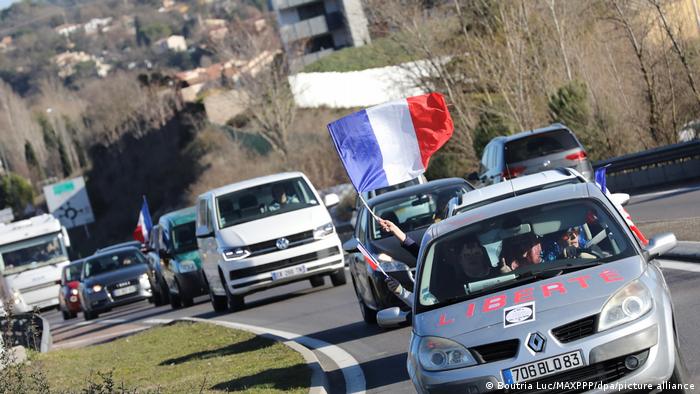Agence France-Presse
February 09, 2022

Prince Charles visiting the control room at the Joint European Torus (JET) experiment near Oxford, where scientists say they have broken a record for nuclear fusion
Scientists in Britain announced Wednesday they had smashed a previous record for generating fusion energy, hailing it as a "milestone" on the path towards cheap, clean power and a cooler planet.
Nuclear fusion is the same process that the sun uses to generate heat. Proponents believe it could one day help address climate change by providing an abundant, safe and green source of energy.
A team at the Joint European Torus (JET) facility near Oxford in central England generated 59 megajoules of energy for five seconds during an experiment in December, more than doubling a 1997 record, the UK Atomic Energy Authority said.
That is about the power needed to power 35,000 homes for the same period of time, five seconds, said JET's head of operations Joe Milnes.
The results "are the clearest demonstration worldwide of the potential for fusion energy to deliver safe and sustainable low-carbon energy", the UKAEA said.
The donut-shaped machine used for the experiments is called a tokamak, and the JET site is the largest operational one in the world.
Inside, just 0.1 milligrammes each of deuterium and tritium -- both are isotopes of hydrogen, with deuterium also called heavy hydrogen -- is heated to temperatures 10 times hotter than the centre of the sun to create plasma.
This is held in place using magnets as it spins around, fuses and releases tremendous energy as heat.
Fusion is inherently safe in that it cannot start a run-away process.
Deuterium is freely available in seawater, while tritium can be harvested as a byproduct of nuclear fission.
Pound for pound (gram for gram) it releases nearly four million times more energy than burning coal, oil or gas, and the only waste product is helium.
Reagan-Gorbachev fusion
The results announced Wednesday demonstrated the ability to create fusion for five seconds, as longer than that would cause JET's copper wire magnets to overheat.
A larger and more advanced version of JET is currently being built in southern France, called ITER, where the Oxford data will prove vital when the site comes online, possibly as soon as 2025.
ITER will be equipped with superconductor electromagnets which will allow the process to continue for longer, hopefully longer than 300 seconds.
About 350 scientists from EU countries plus Britain, Switzerland and Ukraine -- and more from around the globe -- participate in JET experiments each year.
JET will soon pass the fusion baton to ITER, which is around 80 percent completed, said Milnes.
"If that's successful, as we now think it will be given the results we've had on JET, we can develop power plant designs in parallel... we're probably halfway there" to viable fusion, he said.
If all goes well at ITER, a prototype fusion power plant could be ready by 2050.
International cooperation on fusion energy has historically been close because, unlike the nuclear fission used in atomic power plants, the technology cannot be weaponized.
The France-based megaproject also involves China, the EU, India, Japan, South Korea, Russia and the US.
Tim Luce, head of science and operation at ITER, said the project emerged in the 1980s from talks on nuclear disarmament between US president Ronald Reagan and Soviet leader Mikhail Gorbachev.
"And the one thing they did agree on was using fusion as a cooperation," he told AFP.
"Somehow fusion has had the scientific panache to bring together disparate governmental entities and actually choose to work together on it."
Despite dozens of tokamaks being built since they were first invented in Soviet Russia in the 1950s, none has yet managed to produce more energy than is put in.
Ian Fells, emeritus professor of energy conversion at the University of Newcastle, said Wednesday's result was a "landmark in fusion research".
"Now it is up to the engineers to translate this into carbon-free electricity and mitigate the problem of climate change," added Fells, who is not involved in the project.
© 2022 AFP

Britain's Prince William, Duke of Cambridge, 2nd left, talks with Professor Ian Chapman, CEO of the UK Atomic Energy Authority, left, Nanna Heiberg, 2nd right, and Joseph Milnes, head of engineering design unit, right, alongside the MAST Upgrade chamber, during his visit to the UK Atomic Energy Authority (UKAEA) at the Culham Science Centre in Abingdon, southern England, Thursday Oct. 18, 2018. Prince William officially marked the end of the construction of the MAST (Mega Amp Spherical Tokamak) Upgrade Fusion Experiment. Researchers at the Joint European Torus experiment near Oxford managed to produce a record amount of heat energy over a five-second period, which was the duration of the experiment, the U.K. Atomic Energy Authority announced on Wednesday, Feb. 9, 2022. (Adrian Dennis/Pool via AP, File)
LONDON (AP) — European scientists have taken a significant step closer to mastering a technology that could allow them to one day harness nuclear fusion, providing a clean and almost limitless source of energy, British officials said Wednesday.
Researchers at the Joint European Torus experiment near Oxford managed to produce a record amount of heat energy over a five-second period, which was the duration of the experiment, the U.K. Atomic Energy Authority said.
The 59 megajoules of sustained fusion energy produced were more than double the previous record achieved in 1997.
The agency said the result was “the clearest demonstration worldwide of the potential for fusion energy to deliver safe and sustainable low-carbon energy.”
“If we can maintain fusion for five seconds, we can do it for five minutes and then five hours as we scale up our operations in future machines,” said Tony Donne, program manager for EUROfusion. “This is a big moment for every one of us and the entire fusion community.”
Ian Chapman, CEO of the U.K. Atomic Energy Authority, said the results were a “huge step closer to conquering one of the biggest scientific and engineering challenges of them all.”
The facility, also known as JET, is home to the world’s largest and most powerful operational tokamak — a donut-shaped device that is considered one promising method for performing controlled fusion.
Scientists who were not involved in the project believed it was a significant result, but still a very long way from achieving commercial fusion power.
Researchers around the world have long been working on nuclear fusion technology, trying different approaches. The ultimate goal is to generate power the way the sun generates heat, by pressing hydrogen atoms so close to each other that they combine into helium, which releases torrents of energy.
Carolyn Kuranz at the University of Michigan called the development “very exciting” and a step toward achieving “ignition,” or when the fuel can continue to “burn” on its own and produce more energy than what’s needed to spark the initial reaction.
She said the results appeared “very promising” for ITER, a much larger experimental fusion facility in southern France that uses the same technology and is backed by many European countries, the United States, China, Japan, India, South Korea and Russia. It is expected to begin operation in 2026.
Riccardo Betti, a fusion expert at the University of Rochester, said the achievement lay mainly in sustaining the reaction at high performance levels for five seconds, significantly longer than previously achieved in a tokamak.
The amount of power gained was still well below the amount needed to perform the experiment, he added.
Ian Fells, an emeritus professor of energy conversion at the University of Newcastle, described the new record as a landmark in fusion research.
“Now it is up to the engineers to translate this into carbon-free electricity and mitigate the problem of climate change,” he said. “Ten to 20 years could see commercialization.”
Stephanie Diem of the University of Wisconsin, Madison, said the technology used by JET to achieve the result, using magnets to control ultra-hot plasma, show that harnessing fusion — a process that occurs naturally in the stars — is physically feasible.
“The next milestone on the horizon for magnetic fusion is to demonstrate scientific breakeven, where the amount of energy produced from fusion reactions exceeds that going into the device,” she said.
Rival teams are racing to perfect other methods for controlling fusion and have also recently reported significant progress.
Scientists hope that fusion reactors might one day provide a source of emissions-free energy without any of the risks of conventional nuclear power.
___
Follow all AP stories on climate change at https://apnews.com/hub/climate.
European researchers have leaped closer to making nuclear fusion a practical energy source for humanity. It's the same power-generating process that makes stars, including our own sun, shine.
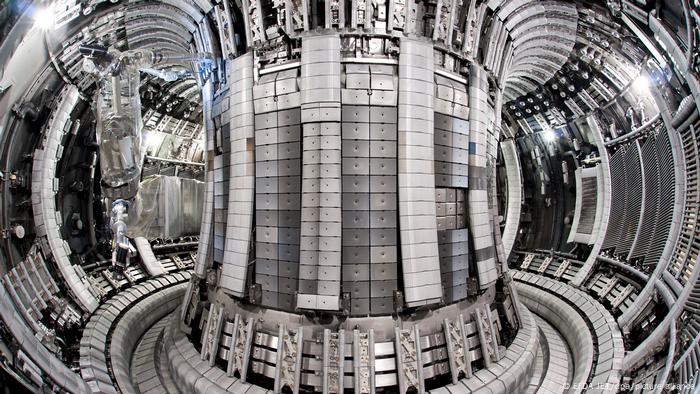
The donut-shaped tokamak in Culham, England, where the plasma mix was heated to set the latest record
Scientists have announced on Wednesday fresh progress in the mission to make nuclear fusion a safe, practical and clean energy source, setting a record for the amount of nuclear fusion energy produced.
The experiment at the Joint European Torus (JET) facility near Oxford, England, set a record of generating 59 megajoules of sustained fusion energy in a five-second period — well over double the previous amount.
What is nuclear fusion?
The fusion process is a reverse of what happens in existing nuclear power plants — nuclear fission — where energy is released when large atoms are broken down into smaller ones.
Nuclear fusion comes from bashing together two small atomic nuclei at such high temperatures that they fuse — and release energy.
The nuclei would normally repel one another, so unimaginably high temperatures are needed to make them move quickly enough to actually collide.
It's the same basic process that sees hydrogen in the sun converted into helium, generating sunlight and making life on Earth possible.
Fusion offers the prospect of climate-friendly, abundant energy without pollution, radioactive waste.
OUR SUN — A GIGANTIC FIREBALLSpectacular campfiresThe probe took these excellent pictures of our sun from 77 million kilometers away. Small solar flares have never before been so clearly visible. As it gets closer to the sun, the Solar Orbiter will specifically investigate these eruptions. It will also research how solar storms — which can cause problems for us on Earth — emerge.
What did the scientists do?
In the experiment, the scientists heated tiny amounts of deuterium and tritium — two forms of hydrogen gas — to temperatures 10 times hotter than the center of the sun.
The superheated plasma can't be held in a normal container, which would be destroyed by it. Instead, it's kept in place by powerful magnets inside a donut-shaped machine known as a tokamak.
There, as it spins around and fuses, the plasma releases enormous amounts of heat as nuclear material is converted into energy.
While that sounds slightly terrifying, the process is fundamentally safe in that — because it is so difficult to start and keep going — it cannot start a runaway process.
In terms of fuel, deuterium can be found in seawater, and tritium can be produced from lithium as a byproduct of the whole process.
Per kilogram of material used, the process releases nearly four million times more energy than burning fossil fuel, with unreactive helium the only waste product.
Why is the latest result important?
At present, generating the sort of temperatures needed for fusion means more energy needs to be put in than can ever be extracted.
The fact that so much more power has been generated this time around means scientists are measurably closer to making the process sustainable.
Ian Chapman, the head of the UK Atomic Energy Authority, described it as a landmark event that moves researchers "a huge step closer to conquering one of the biggest scientific and engineering challenges of them all."
"It is a reward for over 20 years of research and experiments with our partners from across Europe."
"It's clear we must make significant changes to address the effects of climate change, and fusion offers so much potential. We're building the knowledge and developing the new technology required to deliver a low-carbon, sustainable source of baseload energy that helps protect the planet for future generations. Our world needs fusion energy."
Where does it go from here?
Scientists say years of work are still needed, with the level of energy achieved so far only modest, but that the record shows they are headed in the right direction.
"The record, and more importantly the things we've learned about fusion under these conditions and how it fully confirms our predictions, show that we are on the right path to a future world of fusion energy," said Tony Donne, program director at the EUROfusion consortium of research institutes. "If we can maintain fusion for five seconds, we can do it for five minutes and then five hours as we scale up our operations in future machines."
A larger, more advanced version of JET is currently being built in southern France, called ITER, supported by seven members — China, the European Union, India, Japan, South Korea, Russia, and the United States.

